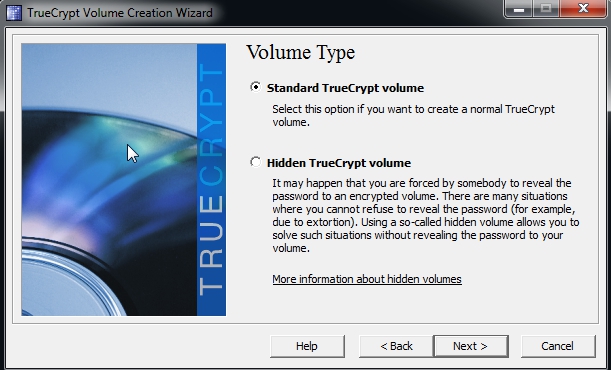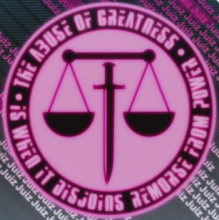Below is a table that will quickly summarize my view of National Security and Personal Security in the current context.
Some may argue that National Security and Personal Security can go hand in hand but the current scenarios and political landscapes around the world implies that many Governments are willing to sacrifice their own people in the supposed name of "National Security" which makes the Governments' infrastructure strong but in turn weakens the LRPSI of the people as a whole.
| National Security | Personal Security |
|---|---|
| Robust security on a governmental and national infrastructural level | Robust security on a personal level |
| Restriction of civilian security technology below it's own surveillance powers. | Personal security should be as strong as available |
| Subversion of LPSRI to achieve population control | Exercises full LPSRI rights via means of secure technologies |
| Maximum surveillance and subversion | Maximum counter-surveillance, anonymity and security |
| Top-down control of infrastructures and technoloogies | Individual personal control |
| Derive benefits via surveillance | Derive benefits via LPSRI |
The current trend of National Security VS. Personal Security seems to be leaning more towards anti-LPSRI goals. Governments touting that National Security and Patriotism is not a Zero-Sum game is mostly false due to the fact that building a National Security infrastructure requires huge surveillance capabilities and the suppression of secure technologies that prevent surveillance capabilities from working due to the nature of surveillance which requires the possession of large amounts of personal information to be able to effectively execute population profiling, tracking and interdiction of possible threats / "threats".




















